To date, one of the strongest wallpaper is considered to be vinyl, since they have a multi -layer structure and provide a number of positive properties. However, some experts believe that they also harm human health. In this article we will try to figure out whether it is really so. And we will also talk about how to glue vinyl wallpapers with our own.
Bleing vinyl wallpapers: Is this coating harmful?
As you know, vinyl wallpapers have a 2-layer structure. The first layer is a paper or non -woven base. The second is PVC (that is, polyvinyl chloride). It is on the second layer that many questions arise. The fact is that PVC has high water – and vapor permeability. Thanks to this, the coating can often be washed, and it also differs in durability. At the same time, due to the fact that polyvinyl chloride does not pass the air well, the coating does not breathe, and pathogenic fungi and mold often accumulate behind the wallpaper. There is an opinion among doctors that allergies are developing due to these fungi.
Plus everything, considerable harm can be caused by formaldehyde evaporation. Despite the fact that many companies claim that these are minimum quantities that in no way affect a person, with poor -quality production there is still a risk. How to be in this case? Is it worth buying vinyl wallpaper? The answer here is unequivocal-it is worth it, but only from trusted manufacturing companies. So, when buying, sniff the wallpaper. They should not come from them a pungent odor. Look at the country in which the material was released. It is not recommended to buy Chinese wallpaper, they almost always have poor quality. It is best to purchase wallpaper from European manufacturers.
Vinyl wallpaper gluing: select the type of coating
Depending on what vinyl was used in production, various types of wallpaper are distinguished. The first type is rough and thick canvases that are made of foamed vinyl. If you draw a hand on the coating, then it has a slightly tuberous surface. But these wallpaper perfectly mask small defects and irregularities of the walls. The second type is thin and durable. Made of flat vinyl. Silk is often added to one of the layers, therefore it creates that these are canvases made of fabric.
They are perfect for the hallway, corridor or office, as they have a pleasant design. A big advantage is that they are easy and easy to clean (washing wallpaper). The third type is the most durable and durable. Made from embossed and dense vinyl. They are recommended to be used in the kitchen, in the utility room, bathroom or toilet. The only disadvantage is that they do not pass the air. Therefore, you will have to control the degree of humidity in the room. If this is not a problem for you, then you can safely glue.
How to glue vinyl wallpaper?
So, you still chose a vinyl coating, but there is a thought – how to glue wallpaper? To do this, you only need to follow a simple instructions. It is also important that someone in the process of work helps you. One person will apply the canvas from above, the second from below. So, conditionally, work is divided into the following processes:
Preparation of the base.
Preparation of glue.
Preparation of paintings.
Wallpaper gluing.
Let’s describe everything in order. At the first stage, as usual, the surface is prepared. It should be durable, smooth, clean and dry. The existing old coating is removed. Any spots from fat and rust eliminate. The surface is aligned with the help of putty. Then it is primed (for better adhesion of the base and wallpaper). At the second stage, they begin to prepare glue. Usually, the recipe is indicated on the packaging. The contents of the package are poured into the container and diluted with water. Then all this is carefully mixed until a uniform mass is obtained. For the dissolution of glue, as a rule, it takes 13-15 hours. Moreover, throughout this time, the container with the composition should be in the room (the solution of the solution on the street is not allowed, since there should be room temperature).
It is recommended to carry out work at a temperature above 5C and moisture in the base of more than 60%. If you carry out the process at a lower temperature, then the coating will dry longer.
In the third stage, canvases are cut. The canvases should have the length that the height of the room plus is added 5-6 centimeters (for the allowance). If you need to compare the pattern, then the canvases are folded with the front side and each next is shifted by approximately 20 mm. Further, glue is applied to the wrong side with a brush. Fold in half and leave for 10 minutes (so that the adhesive is drinking the canvas). Then they are unfolded and re -coated with glue. At the fourth stage, they begin to apply wallpaper to the walls. It is better to do this from the corner of the room. The first canvas is applied from top to bottom and gently smoothed it with a roller. So, they gradually apply all the canvases. At the final stage, the excess is cut below. The coating is given 2 days for drying.


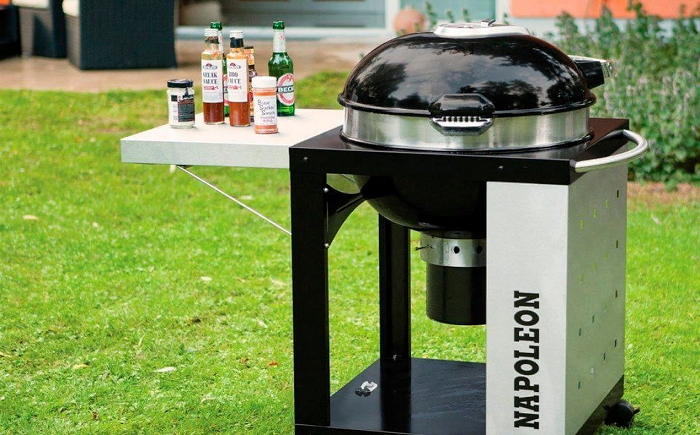
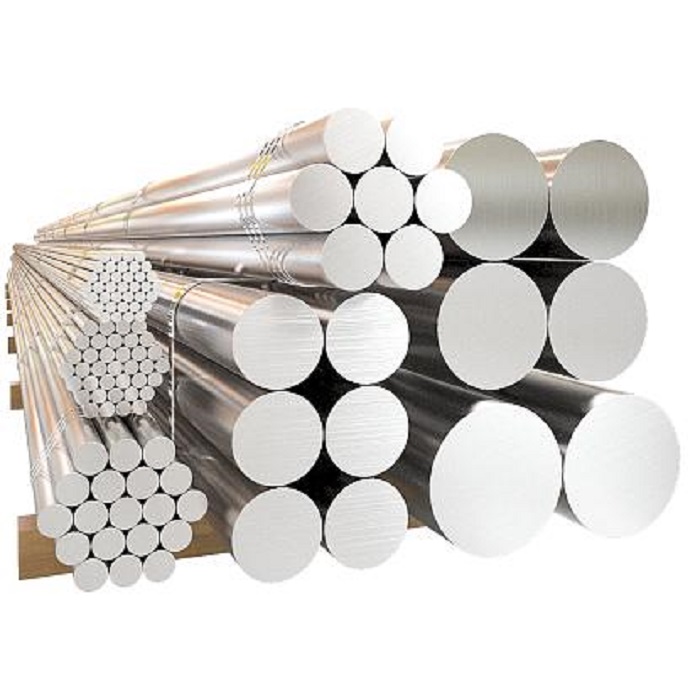
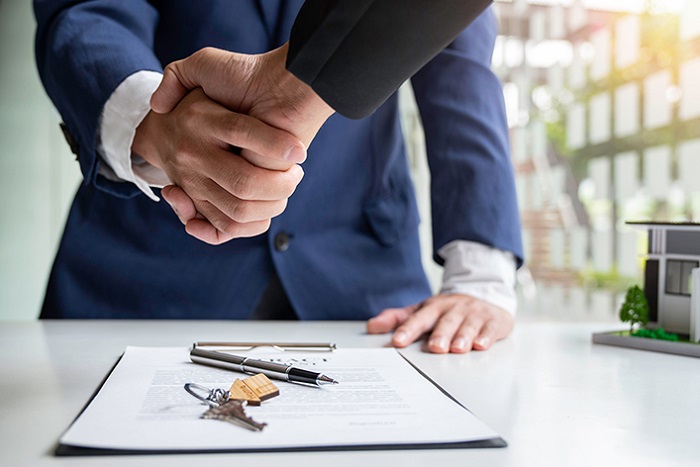
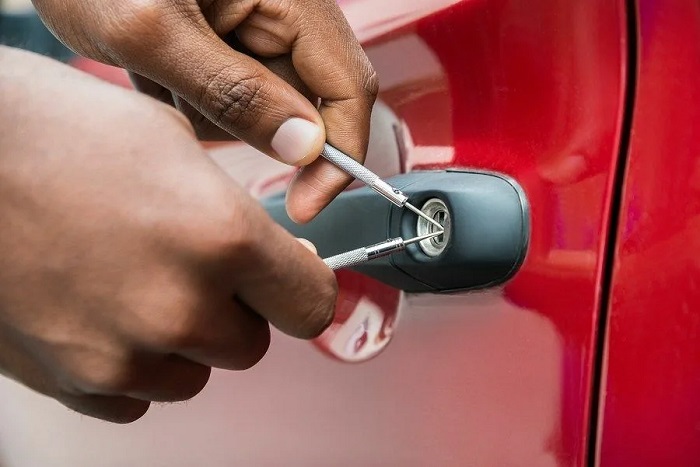
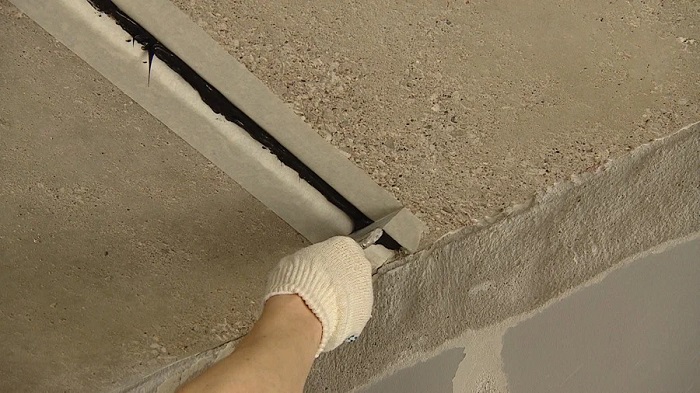


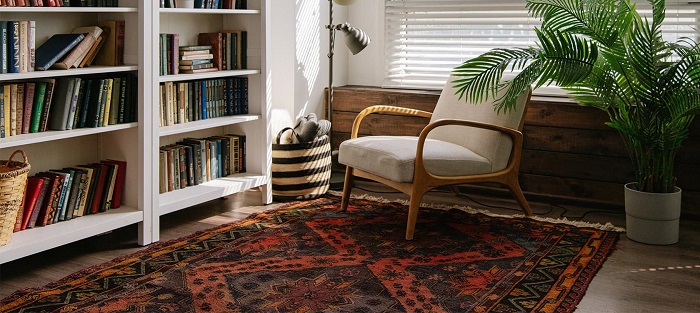

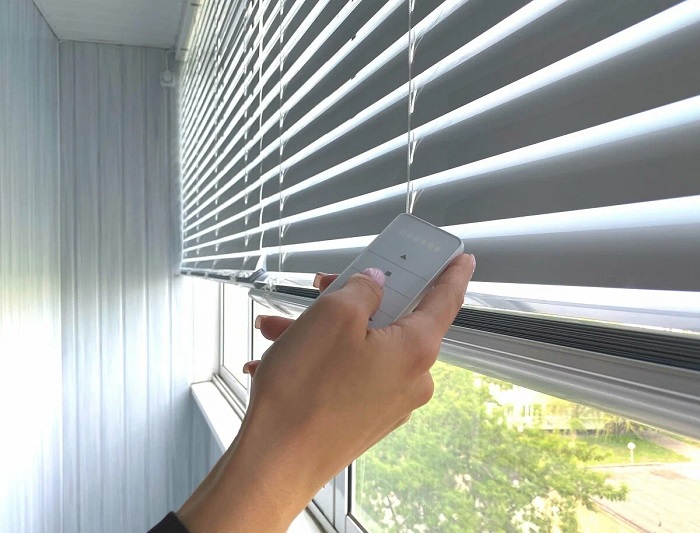
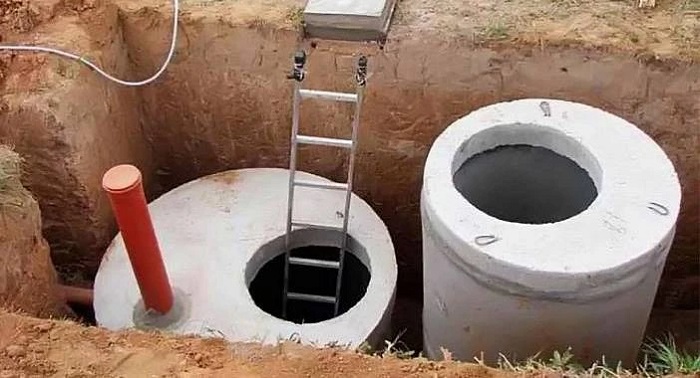
Leave a Reply